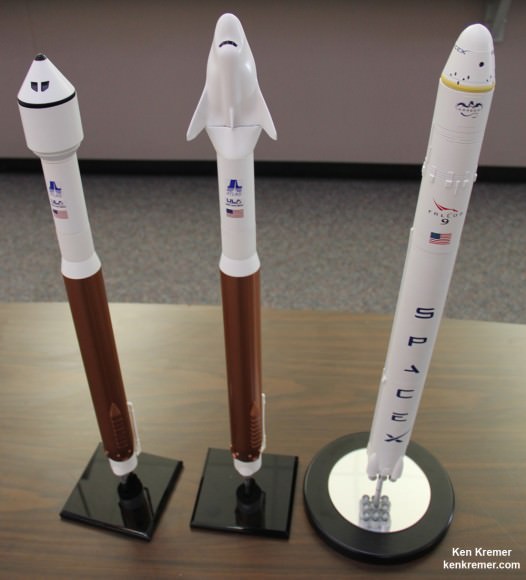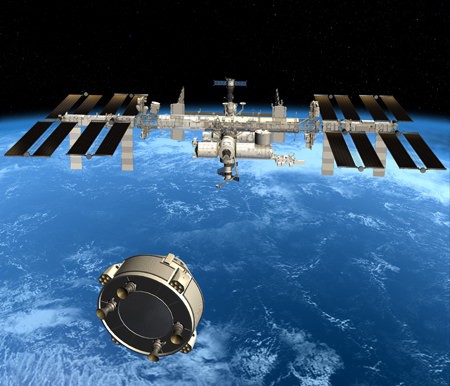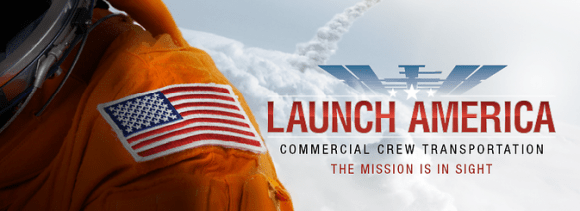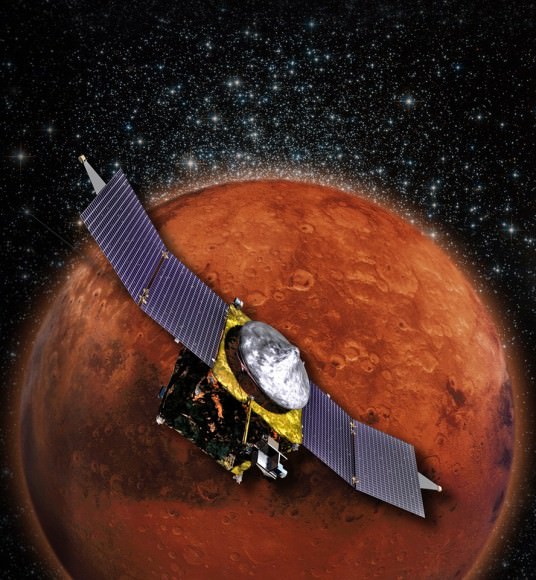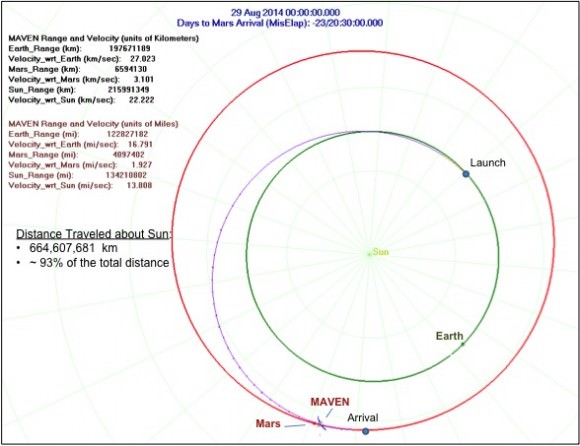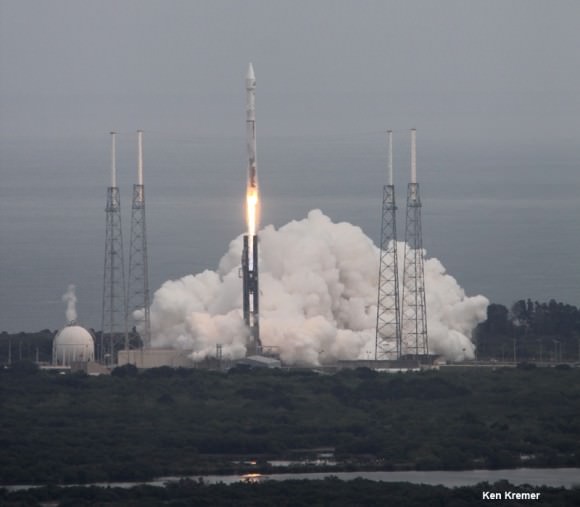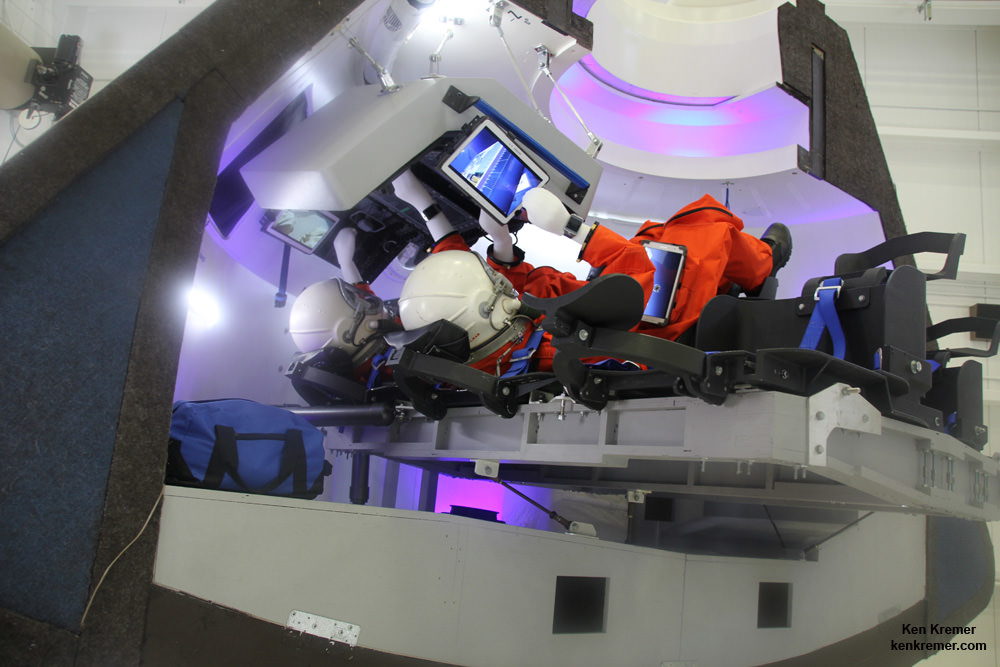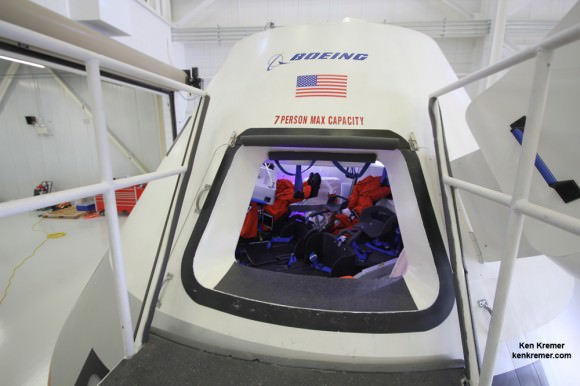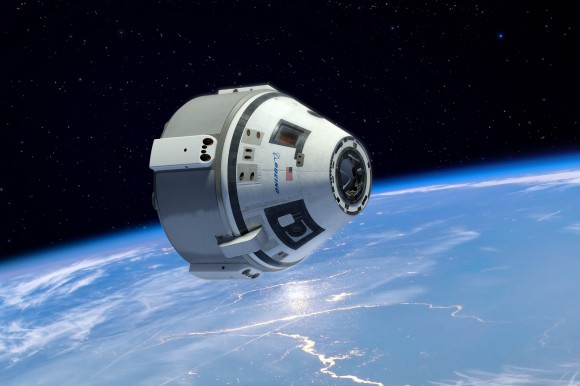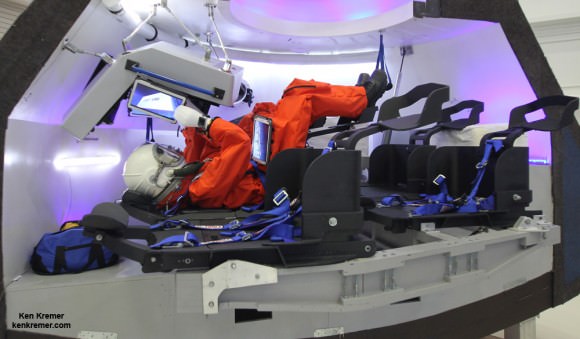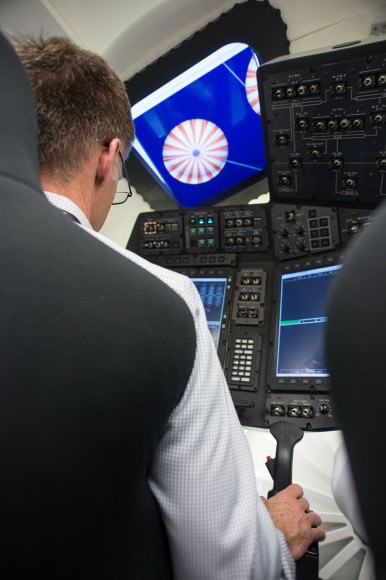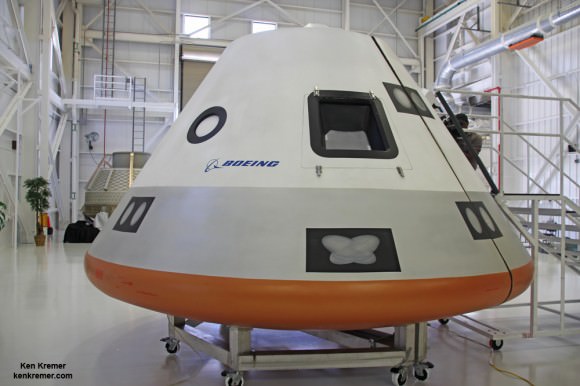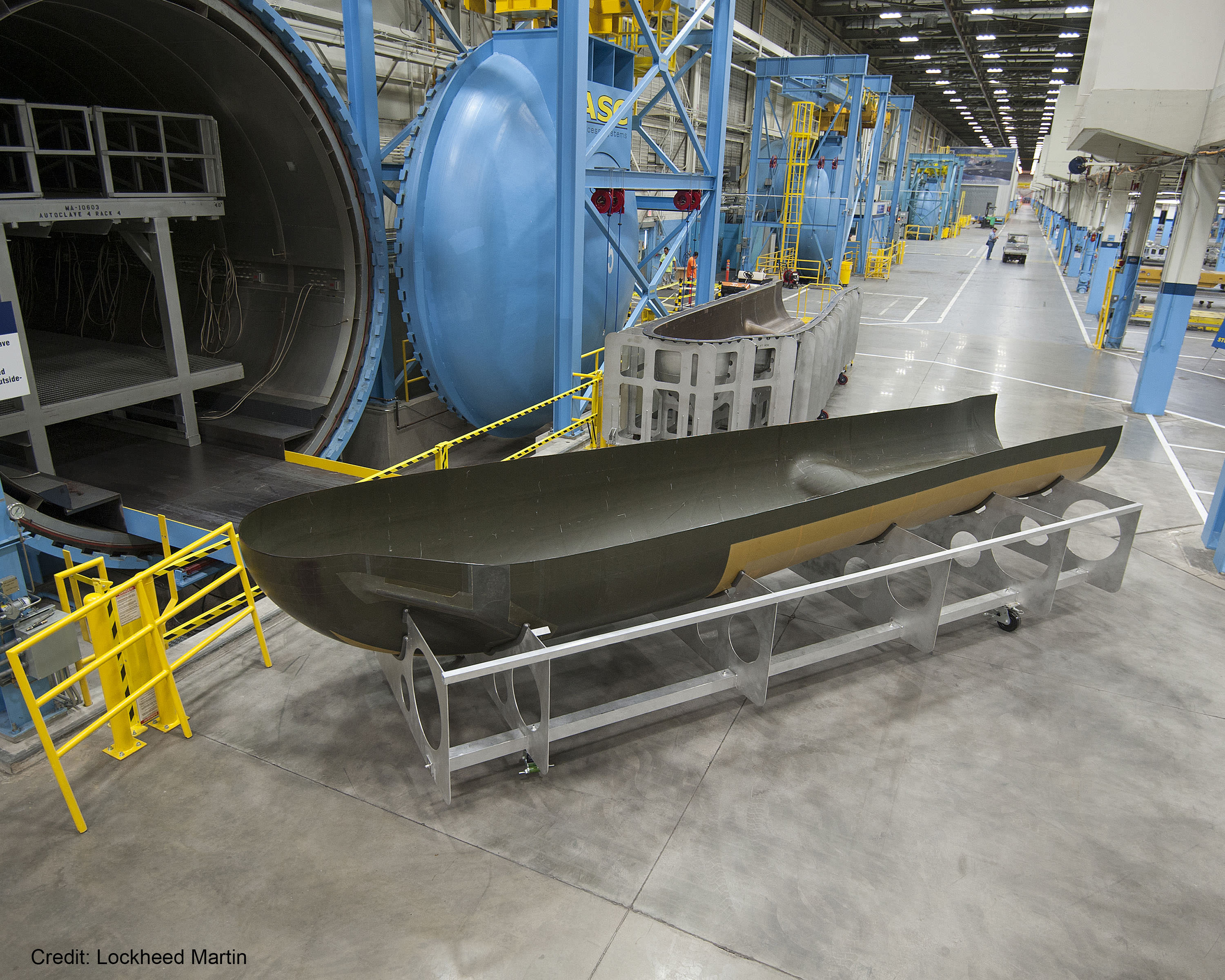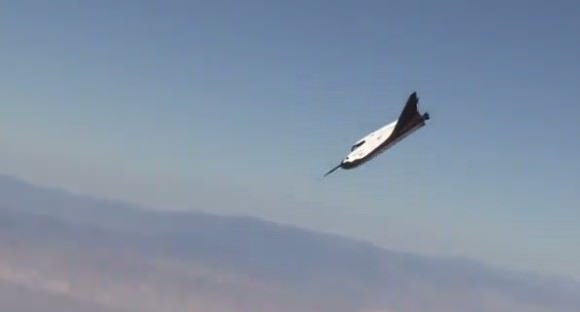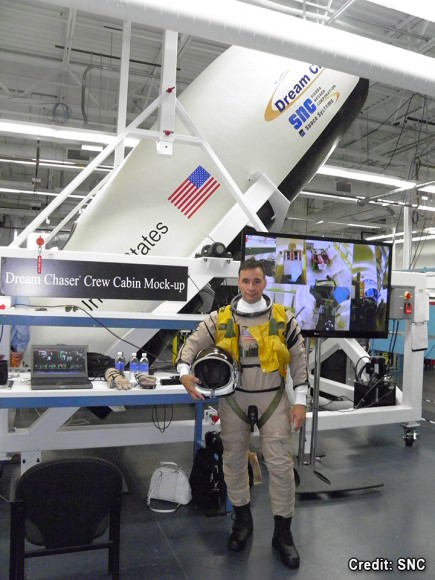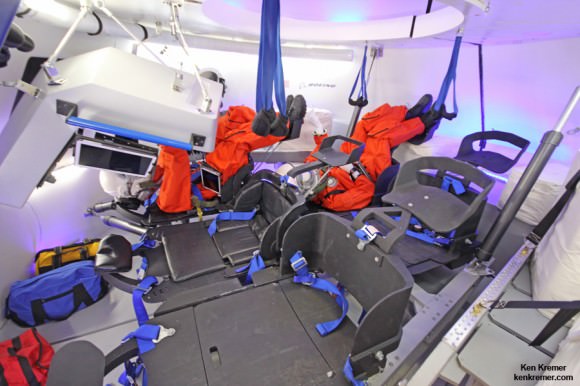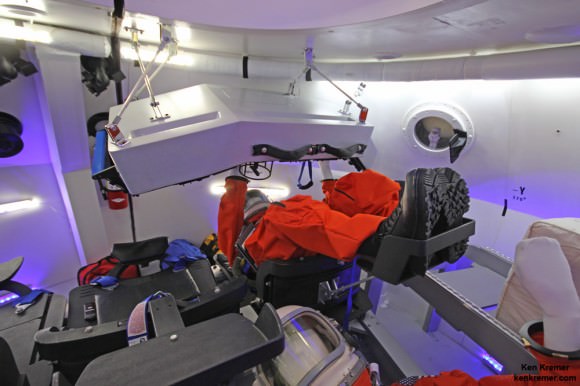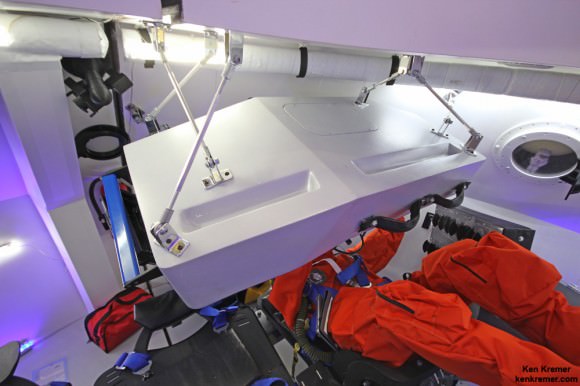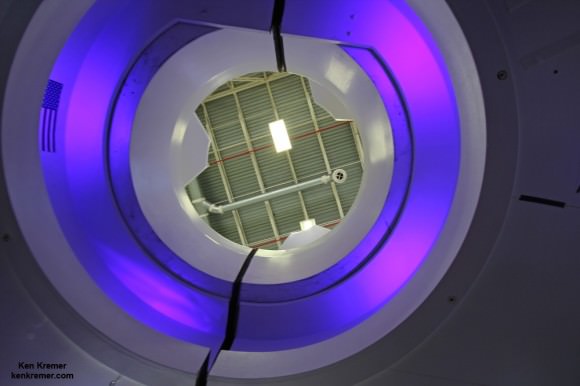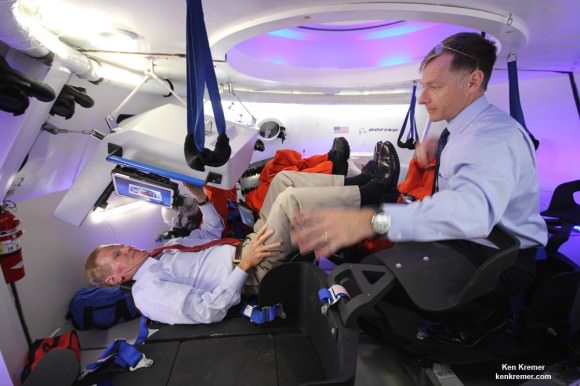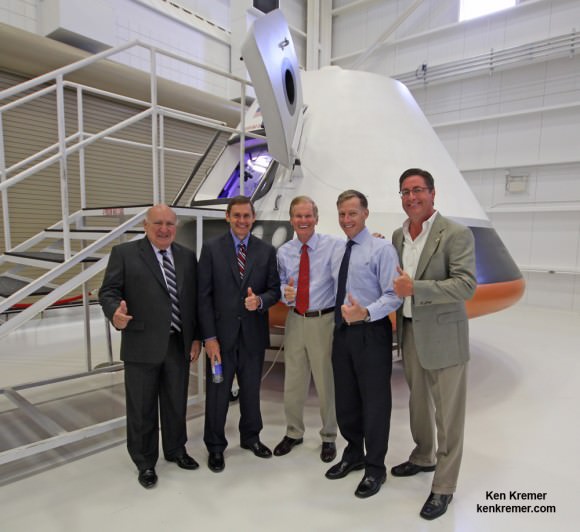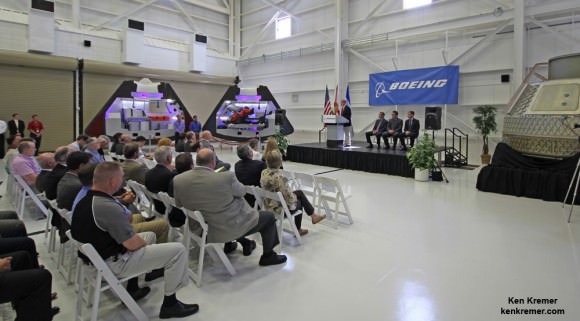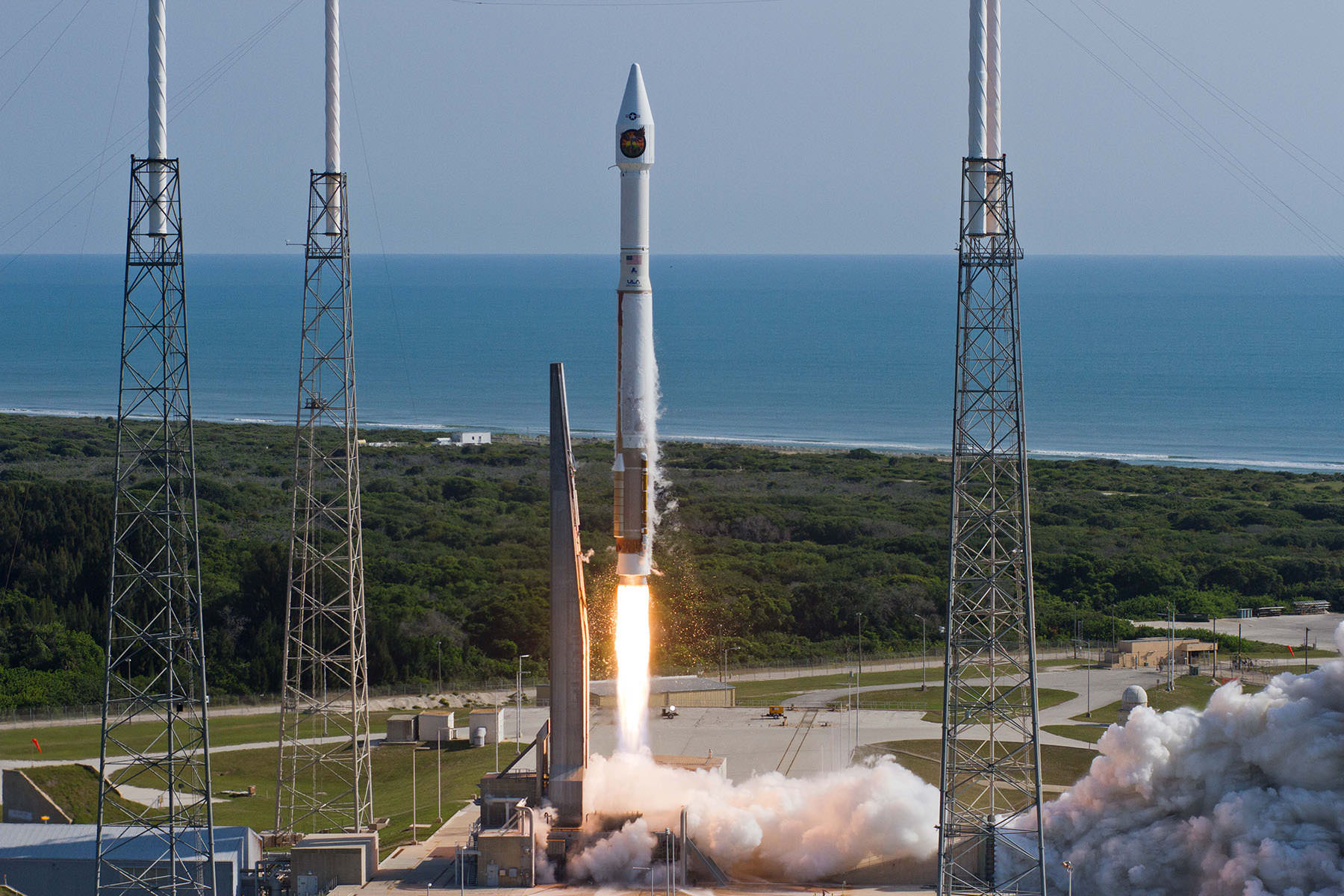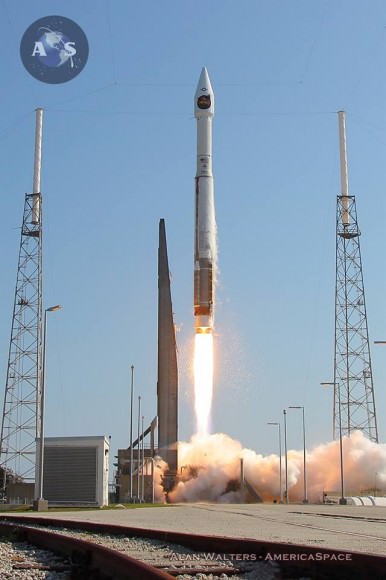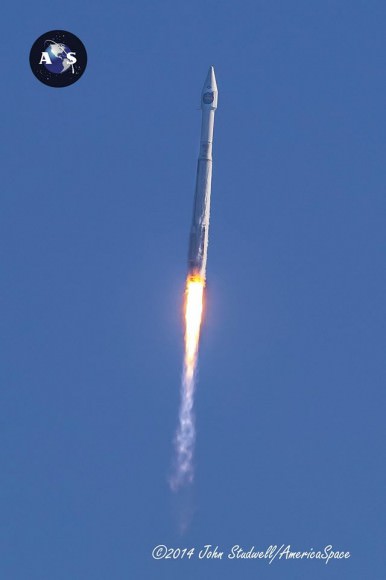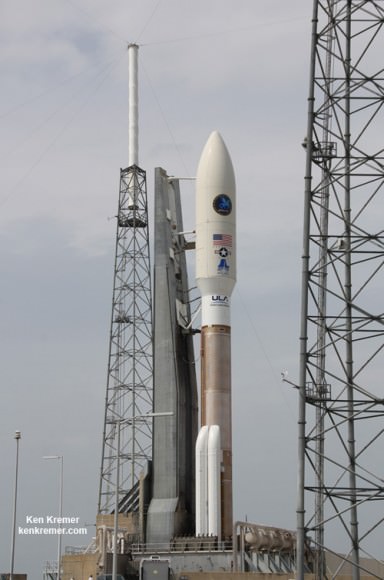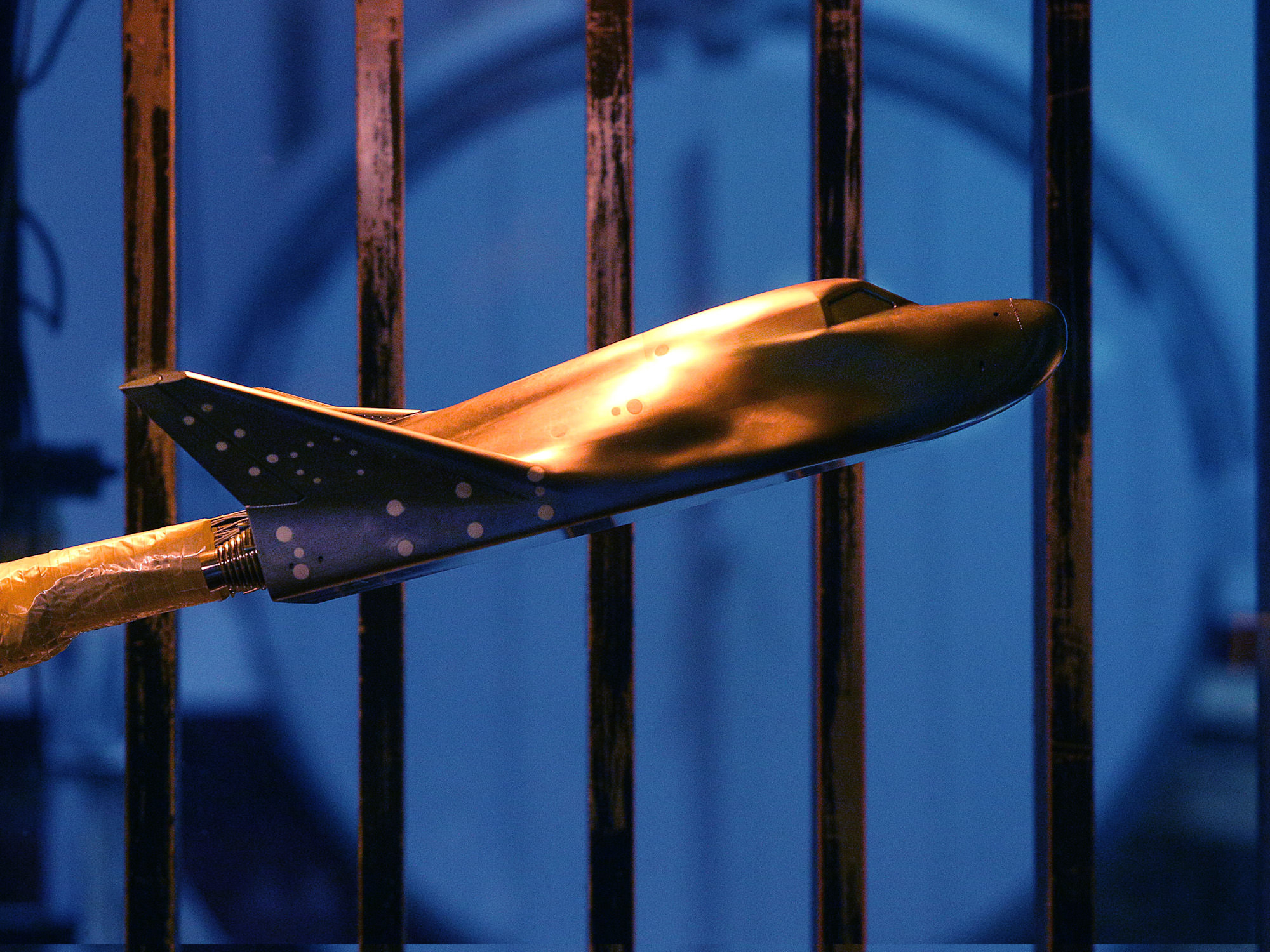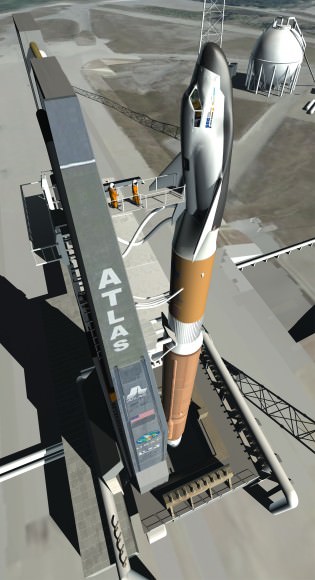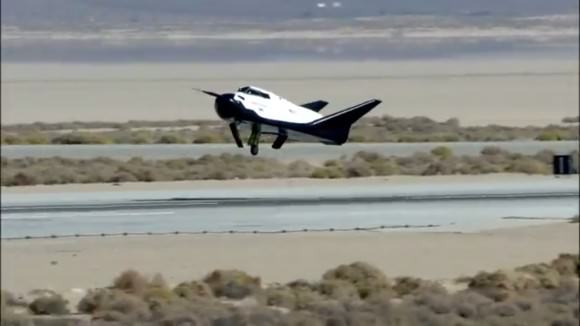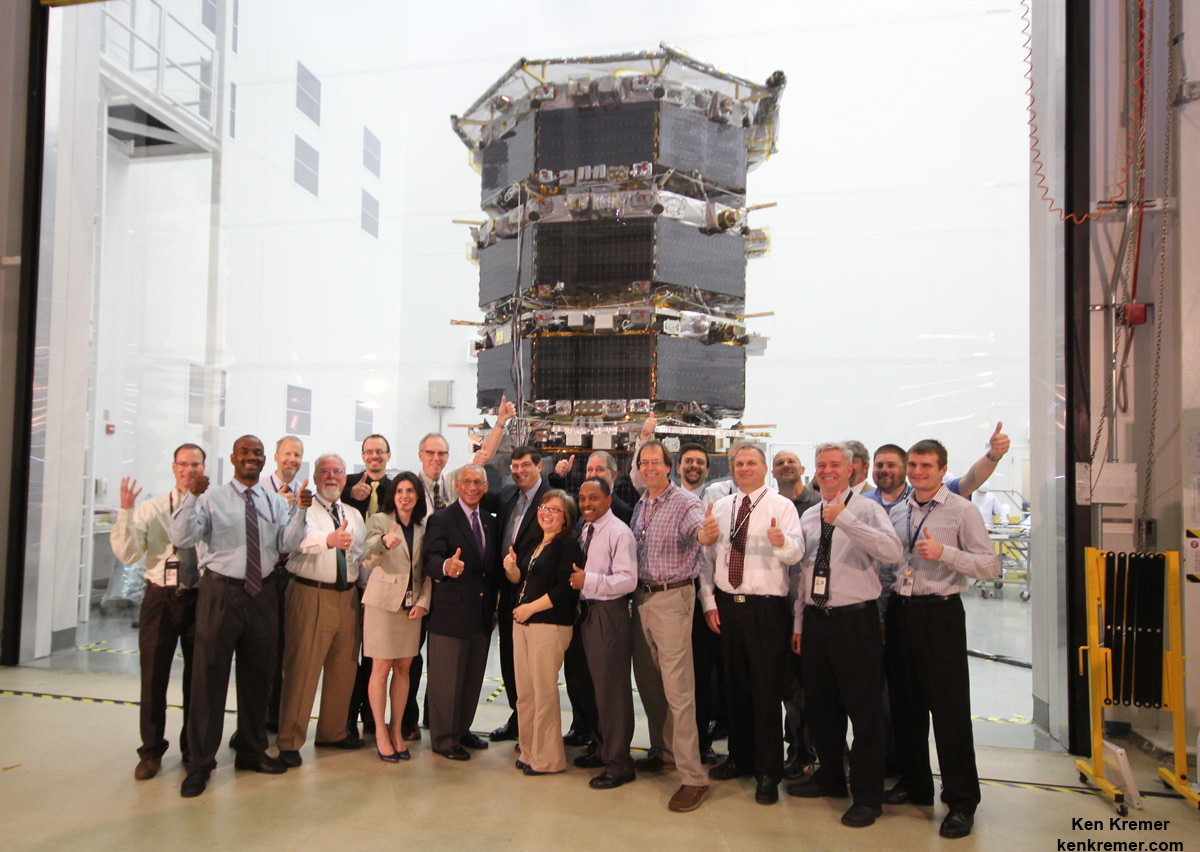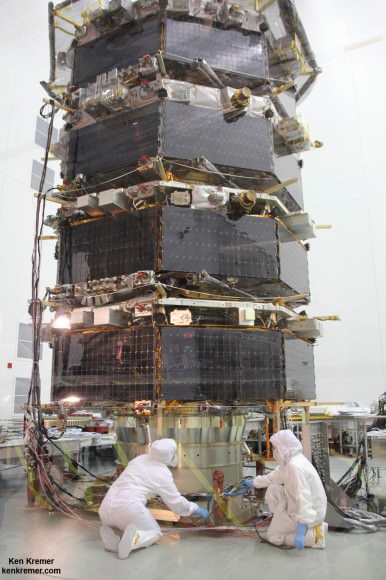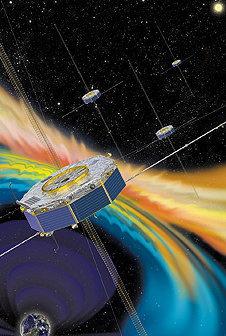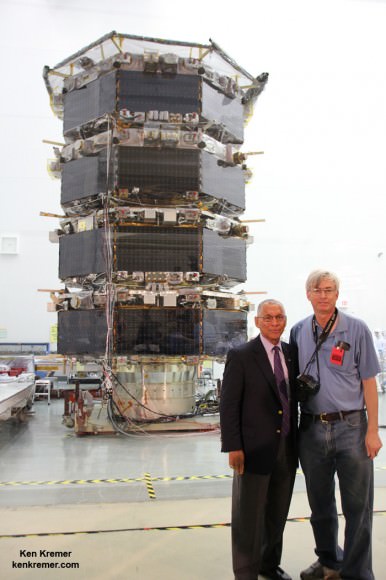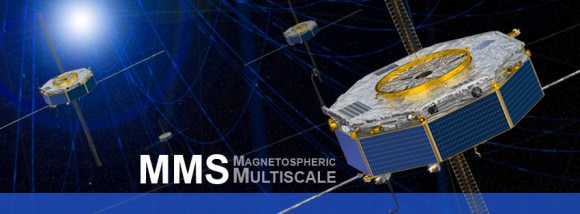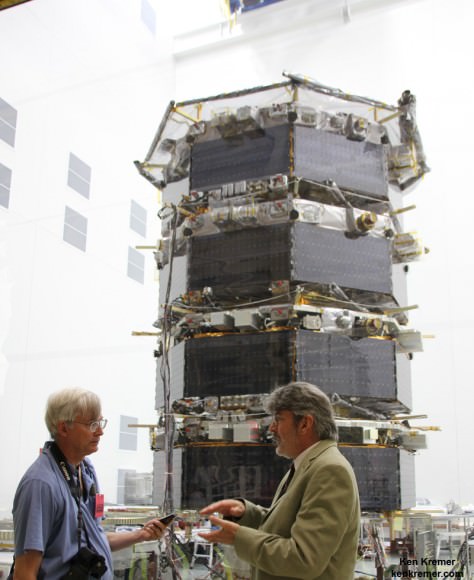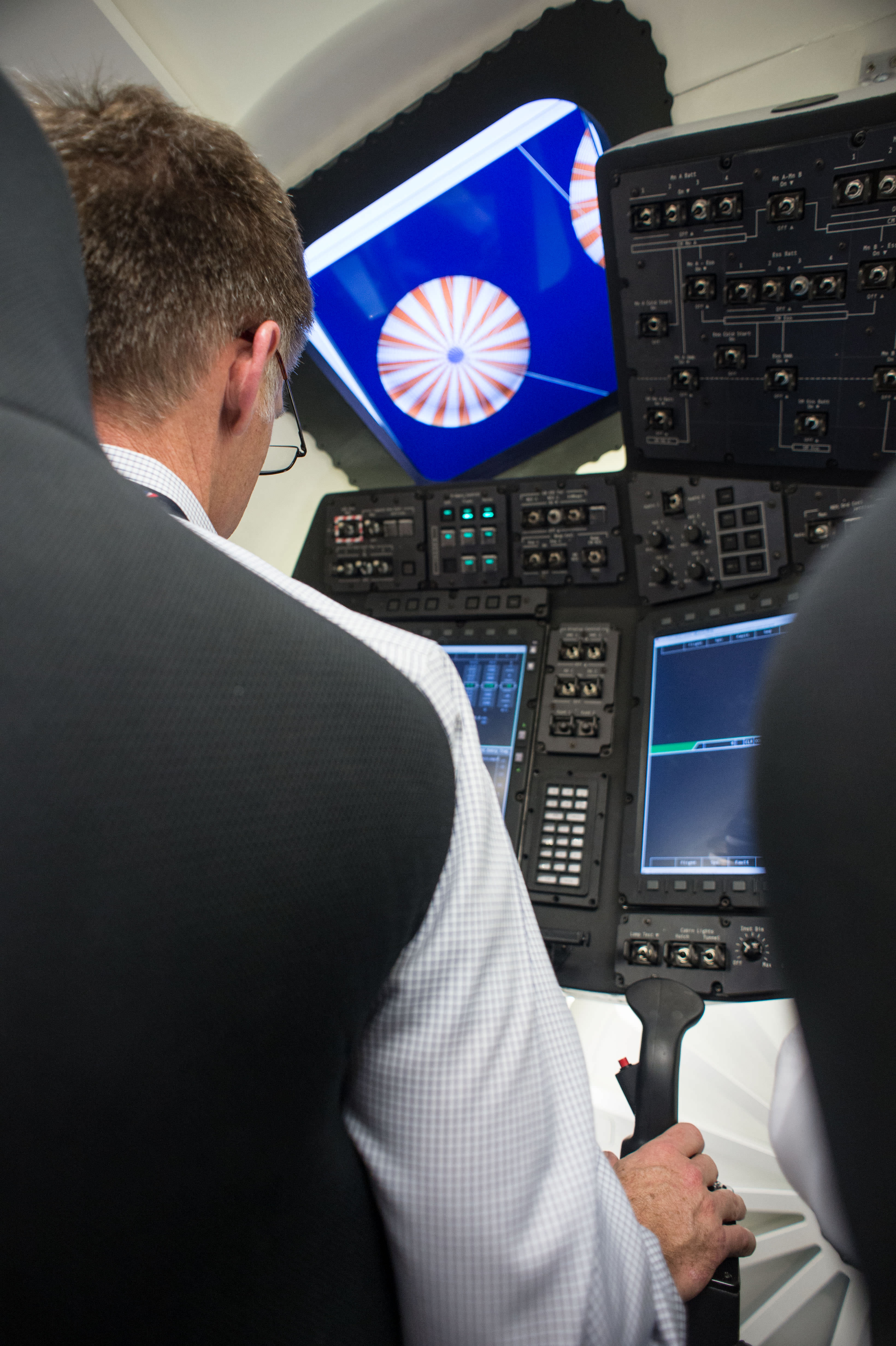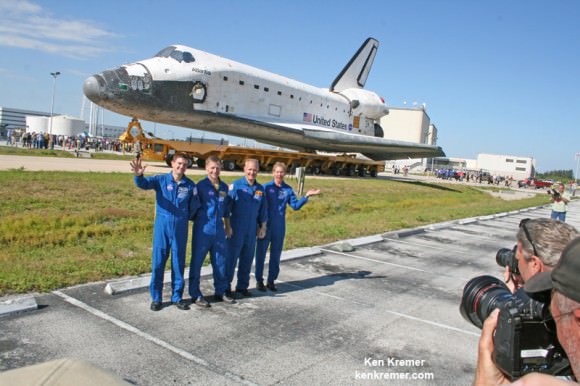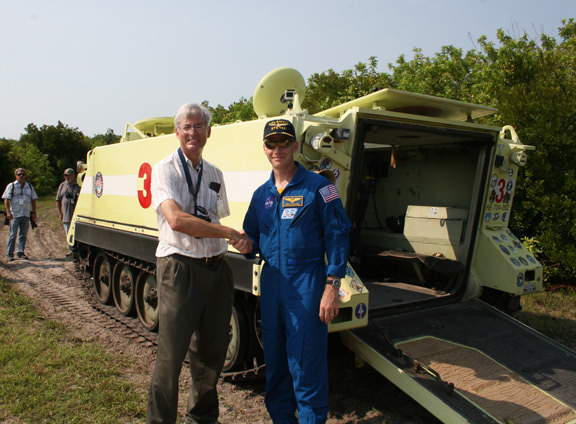KENNEDY SPACE CENTER, FL – NASA Administrator Charles Bolden announced that Boeing and SpaceX have won the high stakes and history making NASA competition to build the first ever private ‘space taxis’ to launch American astronauts to the International Space Station (ISS) and restore America’s capability to launch our crews from American soil for the first time since 2011.
Bolden made the historic announcement of NASA’s commercial crew contract winners to build America’s next human rated spaceships at the Kennedy Space Center (KSC) on Wednesday, Sept. 16 at a briefing for reporters.
The ‘space taxi’ contract to build the Boeing CST-100 and SpaceX Dragon V2 spaceships is worth a total of $6.8 Billion, with the goal to end the nation’s sole source reliance on Russia in 2017.
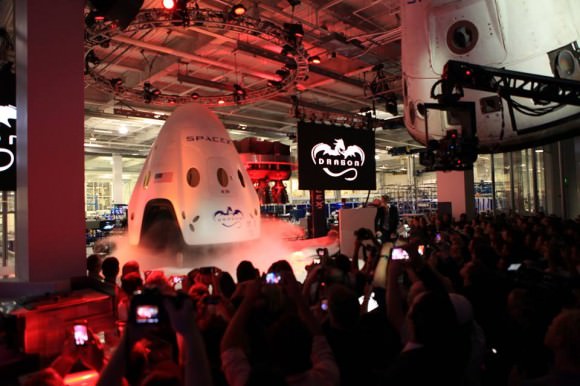
Boeing was awarded the larger share of the contract valued at $4.2 Billion while SpaceX was awarded a lesser amount valued at $2.6 Billion.
“From day one, the Obama Administration made clear that the greatest nation on Earth should not be dependent on other nations to get into space,” Bolden told reporters at the agency’s Kennedy Space Center in Florida.
“Thanks to the leadership of President Obama, the hard work of our NASA and industry teams, and support from Congress, today we are one step closer to launching our astronauts from U.S. soil on American spacecraft and ending the nation’s sole reliance on Russia by 2017. Turning over low-Earth orbit transportation to private industry will also allow NASA to focus on an even more ambitious mission – sending humans to Mars.”
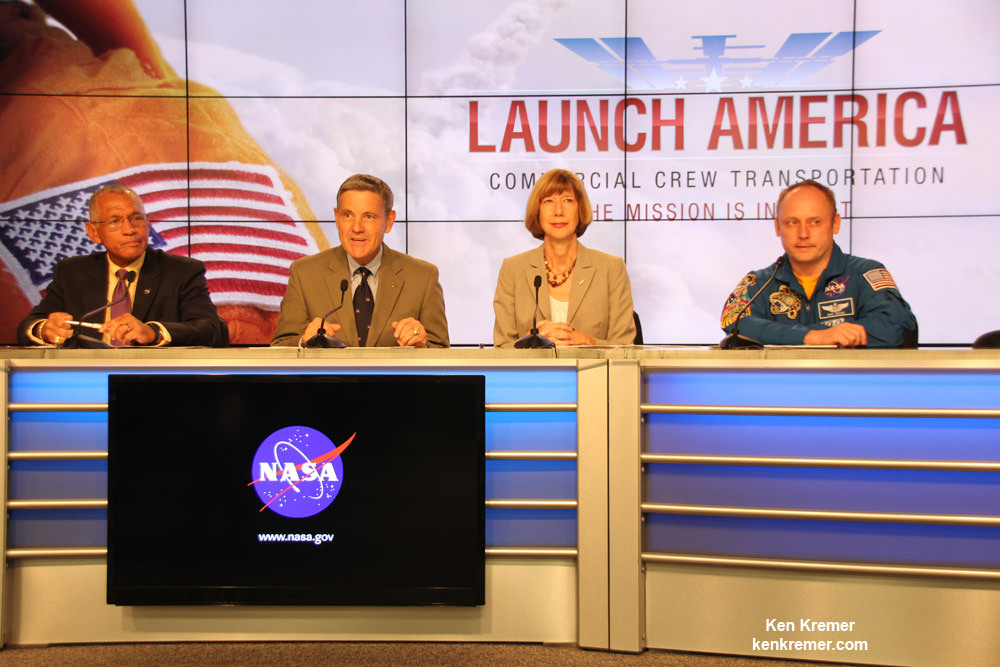
The awards from NASA’s Commercial Crew Program (CCP) offices will continue to be implemented as a public-private partnership and are the fruition of NASA’s strategy to foster the development of privately built human spaceships that began in 2010.
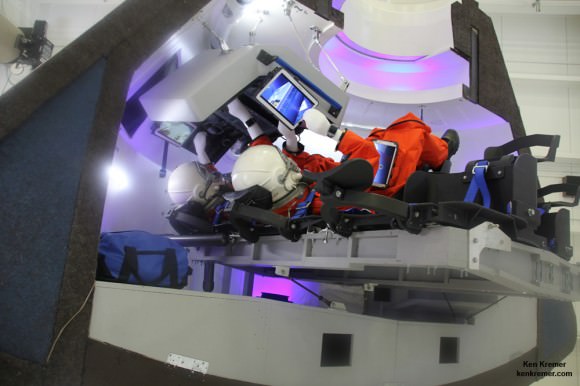
Both spaceships are capsule design with parachute assisted landings. The third competitor involving Sierra Nevada’s Dream Chaser mini-shuttle offering runway landings was not selected for further development.
“We are excited to see our industry partners close in on operational flights to the International Space Station, an extraordinary feat industry and the NASA family began just four years ago,” said Kathy Lueders, manager of NASA’s Commercial Crew Program.
“This space agency has long been a technology innovator, and now we also can say we are an American business innovator, spurring job creation and opening up new markets to the private sector. The agency and our partners have many important steps to finish, but we have shown we can do the tough work required and excel in ways few would dare to hope.”
Both the Boeing CST 100 and SpaceX Dragon V2 will launch from the Florida Space Coast, home to all US astronaut flight since the dawn of the space age.
The Boeing CST-100 will launch atop a man rated United Launch Alliance Atlas V rocket from Space Launch Complex 41 on Cape Canaveral Air Force Station, FL.
The SpaceX Dragon will launch atop a man rated Falcon 9 v1.1 rocket from neighboring Space Launch Complex 40 at the Cape.
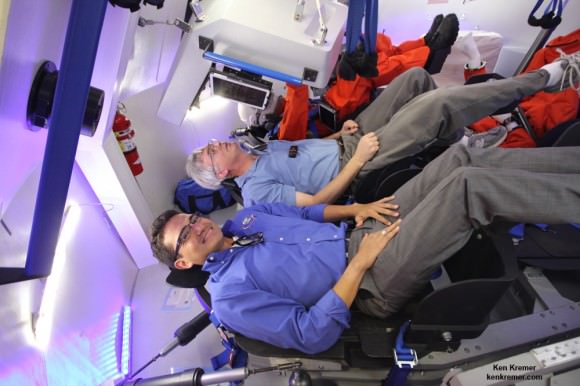
Boeing and SpaceX issued the following statements after the awards were announced.
“Boeing has been part of every American human space flight program, and we’re honored that NASA has chosen us to continue that legacy,” said John Elbon, Boeing vice president and general manager, Space Exploration, in a statement in response NASA’s award.
“The CST-100 offers NASA the most cost-effective, safe and innovative solution to U.S.-based access to low-Earth orbit.”
“Under the Commercial Crew Transportation (CCtCap) phase of the program, Boeing will build three CST-100s at the company’s Commercial Crew Processing Facility at Kennedy Space Center in Florida. The spacecraft will undergo a pad-abort test in 2016 and an uncrewed flight in early 2017, leading up to the first crewed flight to the ISS in mid-2017.”
“SpaceX is deeply honored by the trust NASA has placed in us. We welcome today’s decision and the mission it advances with gratitude and seriousness of purpose,” said Elon Musk, CEO & Chief Designer, SpaceX, in a statement in response NASA’s award.
“It is a vital step in a journey that will ultimately take us to the stars and make humanity a multi-planet species.”
Stay tuned here for Ken’s continuing Boeing, SpaceX, Sierra Nevada, Orbital Sciences, commercial space, Orion, Mars rover, MAVEN, MOM and more planetary and human spaceflight news.
